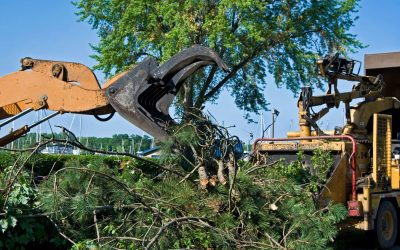The oils and gas industry fuels the global economy and is a central input for most production processes. Moreover, given its myriad products and byproducts, from petroleum to asphalt, it is part of nearly every other sector to manufacturing and pharmaceuticals.
The success of oil and gas production depends on high-quality equipment from a trustworthy manufacturer through every processing stage.
1. Valves
The main function of valves is to control the flow of oil or gas through the pipelines. Nevertheless, they have other functions depending on their location in the refineries and pipelines.
When set up upstream, they solely control the flow of oil. At midstream, valves are part of the transportation system to remove the oil and gas from the deep sea. Here, they also protect the equipment from damage and preserve its endurance. Further downstream, high-pressure valves are necessary to remain steady despite the pressure.
2. Boilers
Boilers are an integral part of the refinery which convert all the water within them to steam for multiple purposes. Steam applications include process heating, vacuum distillation, steam stripping, and steam distillation.
3. Furnaces
Furnaces enable the combustion of solid, liquid, or gaseous materials to generate heat. They can either be cracking or reforming furnaces.
4. Heat exchangers
Heat exchangers transfer heat from one fluid to another and are useful in heating and cooling applications. The correct exchanger type depends on whether the liquid flows are parallel, crossways, or countercurrent. In a parallel flow, the fluids move in the same direction while they flow perpendicularly in a crossway. Finally, they flow in opposite directions in a countercurrent pathway.
Oil and gas equipment manufacturers use heat exchangers containing multiple tubes or hot plates with a channel for the liquid to flow between them.
5. Tanks
Refineries have storage tanks and gas condensers, also called pressure vessels. Storage tanks include flat, cone, or slope bottoms, above-ground or underground vessels, horizontal or vertical tanks, and fixed, dome, or floating roof tanks.
When looking for a manufacturer, check the product quality to get value for money. At the very least, oil and gas equipment should withstand high temperature and pressure and ought to be resistant to corrosion by abrasive chemicals.


